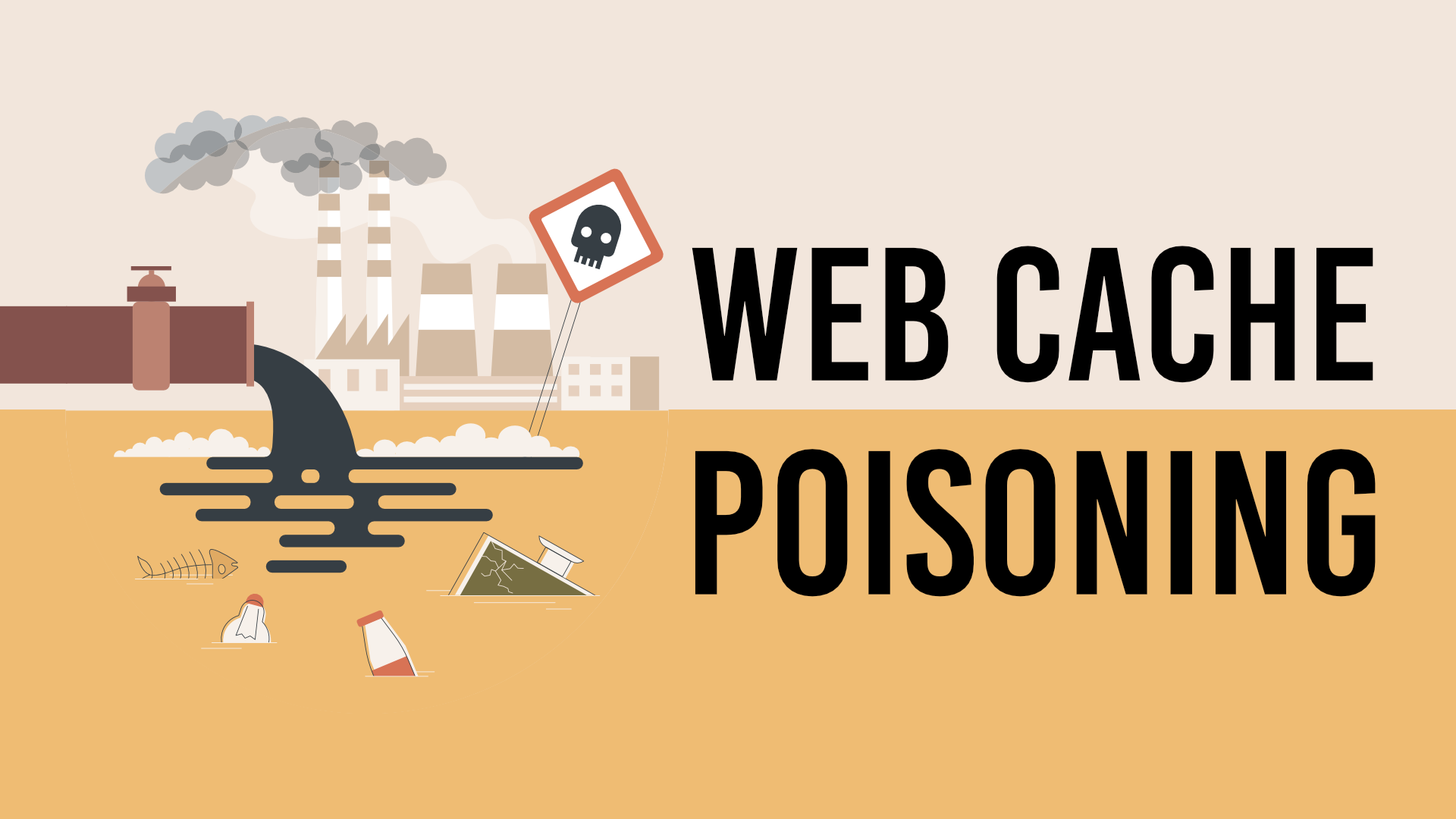Imagine a bustling city where everyone drinks from the same few contaminated water fountains. That’s the terrifying reality of a successful web cache poisoning attack. Instead of delivering clean, legitimate content to thousands of users, a poisoned cache becomes a silent distributor of malware, defacements, or stolen data – all because an attacker manipulated a single, trusted component of the modern web infrastructure. This insidious threat leverages the very mechanisms designed to make the web faster and more efficient, turning them into weapons of mass compromise.
Part 1: The Foundation – Caching and Its Discontents
How Web Caches Work (The Unspoken Engine of the Internet)
Every millisecond counts online. To reduce latency and server load, caches store copies of frequently accessed content (like images, CSS files, or entire HTML pages) closer to users. Key players include:
- Browser Caches: Store assets locally on your device.
- Forward Proxies: Corporate or ISP-level caches.
- Reverse Proxies/CDNs: Cloudflare, Akamai, AWS CloudFront – sit in front of origin servers.
- Web Server Caches: Varnish, Nginx, Apache modules.
Caches use HTTP headers to decide what to store and for how long:
Cache-Control:max-age=3600(store for 1 hour),public,private,no-store.ETag/Last-Modified: Validate content freshness.Vary: Specifies headers (e.g.,User-Agent,Accept-Language) that alter cached content.
The Poison Vector: Key Concepts
Cache poisoning exploits the cache key – a unique identifier generated from parts of an HTTP request (usually URL + select headers). If an attacker injects malicious input into an unkeyed header (ignored by the cache) or manipulates keyed inputs, the cache stores and serves their tainted version.
Part 2: Anatomy of an Attack – Techniques & Weaponization
Step-by-Step Attack Workflow
- Reconnaissance: Map cached endpoints and identify unkeyed headers (using tools like Param Miner).
- Trigger Manipulation: Craft a request injecting payloads via:
- Unkeyed headers (
X-Forwarded-Host,User-Agent). - URL parameters misinterpreted by the application.
- HTTP request smuggling (chaining with cache poisoning).
- Unkeyed headers (
- Cache Storage: Trick the cache into storing the poisoned response.
- Mass Delivery: Users requesting the same “key” receive the malicious content.
Real-World Attack Vectors
- DOM-Based Poisoning:
Inject JavaScript into unkeyed headers likeX-Forwarded-Host:httpGET / HTTP/1.1 Host: legit.com X-Forwarded-Host: evil.comIf the server generates<script src="https://{XFH}/analytics.js">and the cache ignoresXFH, users getevil.com/analytics.jsloaded. - Open Graph Hijacking:
Poison social media previews by manipulatingHostheaders:httpGET /news?article=123 HTTP/1.1 Host: attacker.comCached pages show malicious titles/images when shared on Facebook/Twitter. - Cookie Poisoning:
Exploit applications using cookies in cache keys:httpGET /dashboard HTTP/1.1 Cookie: SessionId=ATTACKER_PAYLOADOther users with different sessions get the attacker’sdashboardresponse.
Part 3: Case Studies – When Cache Poisoning Made History
1. GitLab (CVE-2017-0911)
Vulnerability: Unkeyed X-Forwarded-For header in Omnibus GitLab.
Impact: Attackers could redirect users to phishing sites via poisoned JavaScript imports.
Fix: Removed X-Forwarded-For from cacheable responses.
2. Shopify (Black Hat 2020)
Technique: Exploited Accept-Language header to inject CSS exfiltrating payment data.
Scale: One poisoned request affected all users with the same language setting.
3. Polyfill.io Breach (2024)
Scenario: Malicious actors acquired the polyfill.io domain. CDNs cached poisoned JavaScript, impacting ~100k sites embedding the script.
Outcome: Mass injection of malware/adware via “trusted” CDN resources.
Part 4: The Silent Epidemic – Why It’s Worse Than You Think
1. Scale of Impact:
One poisoned entry can affect millions. CDNs amplify attacks globally in seconds.
2. Stealth & Persistence:
Poisoned entries persist until cache expiry (hours/days/weeks). No server logs record end-user impact.
3. Chaining with Other Vulnerabilities:
- Combine with XSS to execute stored scripts at scale.
- Use with SSRF to expose internal networks.
- Enable ransomware deployment via cached malware.
Part 5: Detection – Finding the Needle in the Cache Stack
Manual Testing Methodology:
- Identify dynamic endpoints (e.g.,
/home?utm=tracking_id). - Add random unkeyed headers (
X-Is-Malicious: test). - Check if the header value appears in the cached response.
- Repeat with different HTTP methods/paths.
Automated Tools:
- Param Miner (Burp Suite): Bruteforces headers/parameters.
- Cachet (GitHub): Specialized cache poisoning scanner.
- Web Cache Vulnerability Scanner (WCVS): Open-source toolkit.
Header Inspection:
Check for risky configurations:
http
HTTP/1.1 200 OK Cache-Control: public, max-age=86400 Vary: User-Agent, Accept-Encoding # Missing critical headers?
Part 6: Fortifying the Gates – Mitigation Strategies
1. Strict Cache Key Design:
- Include ALL user-influenced inputs in the cache key:nginxproxy_cache_key “$scheme$request_method$host$request_uri$http_x_custom_header”;
- Audit headers with tools like
diff-cache-keys.
2. Validate & Sanitize Inputs:
Treat headers like URL parameters:
python
# Django example: Validate HTTP_HOST
from django.http import HttpResponseBadRequest
def home(request):
allowed_hosts = ['app.example.com', 'cdn.example.com']
if request.get_host() not in allowed_hosts:
return HttpResponseBadRequest("Invalid host")
3. Cache-Control Directives:
- Use
privateorno-storefor sensitive content. - Limit
max-agefor dynamic pages.
4. Security Headers:
Content-Security-Policy (CSP): Block unauthorized script sources.Cache-Control: no-transform: Prevent CDNs modifying responses.
5. Origin Shield Configuration:
- Use CDN “origin shields” to reduce cache fragmentation.
- Implement signed requests (AWS CloudFront signed URLs/cookies).
6. Regular Audits:
- Test cache keys quarterly.
- Monitor for anomalous traffic patterns.
Part 7: The Future of Cache Poisoning – AI, Edge Computing, and Beyond
Emerging Threats:
- AI-Powered Poisoning: ML models predicting cache keys.
- Serverless/Edge PoC: Exploiting Cloudflare Workers/AWS Lambda@Edge.
- Web3 Integration: Poisoning cached NFT metadata/IPFS gateways.
Defensive Evolution:
- Dynamic Cache Keys: Using JWT claims for personalization.
- Behavioral Analysis: CDNs detecting anomalous origin responses.
- Zero-Trust Caching: Encrypted cache segments per tenant.
Conclusion: Turning Cache from Liability to Asset
Web cache poisoning transforms a performance tool into a silent threat amplifier – but awareness flips the script. By rigorously auditing cache keys, sanitizing inputs, adopting security headers, and embracing defensive caching policies, developers can neutralize this risk. The goal isn’t to abandon caching (its benefits are indispensable) but to harden it as a resilient layer of modern web architecture. Treat your cache not as a passive repository, but as a critical security boundary. In an era where speed and safety are inseparable, mastering cache hygiene isn’t optional; it’s existential.

